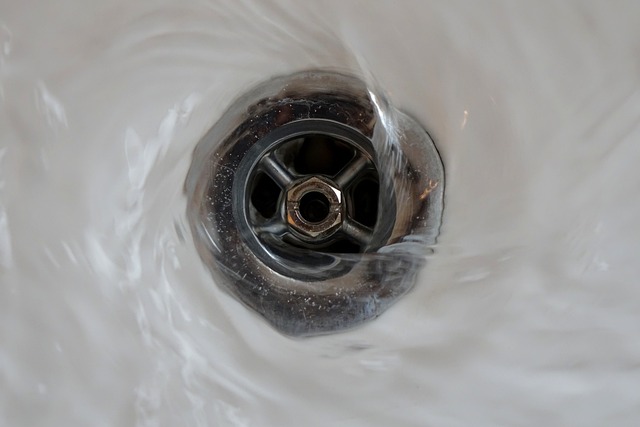A shower drain is a critical component of any bathroom, ensuring proper water flow and preventing clogs that can lead to costly repairs. Choosing the right shower drain and maintaining it well can make all the difference in keeping your bathroom functional and hygienic. This article explores various types of shower drains, their benefits and how to maintain them effectively.
Read about Corrugated Pipes here!
Types of Shower Drains
When designing or renovating your bathroom, selecting the right type of shower drain is essential. Here are some popular options:
- Linear Shower Drain
A linear shower drain is a sleek and modern option often used in contemporary bathrooms. It is long and narrow, allowing water to flow in a single direction. These drains are ideal for walk-in showers and are easy to integrate into tiled floors. - Tileable Drain
A tileable drain is designed to blend seamlessly with your shower floor. It features a cover that can be tiled over, making it nearly invisible. This type of drain is perfect for those who prefer a minimalist look without compromising functionality. - Traditional Center Drain
The traditional center drain is the most common type found in residential bathrooms. Positioned at the center of the shower floor, it collects water efficiently when the shower pan is sloped correctly. - Linear Drain
A linear drain is similar to a linear shower drain but can also be used in other areas like wet rooms or poolside showers. It provides high water flow, making it ideal for larger showers.
Maintaining Your Shower Drain
Proper maintenance of your shower drain is essential to prevent clogs and ensure longevity. Here are some tips to keep your drain in excellent condition:
- Use a Shower Drain Declogger: If water starts pooling in your shower, a shower drain declogger can help remove hair, soap scum, and other debris that may be causing the blockage. Regular use of a declogger can prevent major clogs from forming.
- Apply a Shower Drain Cleaner: Using a dedicated shower drain cleaner periodically helps eliminate buildup and keeps your drain smelling fresh. Choose an environmentally friendly cleaner to avoid harsh chemicals.
- Install a Drain Cover: A drain cover can catch hair and debris, preventing them from entering the drain and causing clogs.
Installing a Shower Drain
Whether you’re renovating your bathroom or building a new one, installing the right drain is crucial for proper water flow. If you’re considering a modern drainage system, pairing a linear shower drain with a kerdi shower pan is a great option.
- Shower Pan
A kerdi shower pan is a prefabricated, sloped base that simplifies shower installation. It is waterproof and designed to work seamlessly with linear drains, ensuring efficient water flow. - Installing the Drain
Begin by positioning the shower pan and ensuring it slopes correctly toward the drain. Install the drain according to the manufacturer’s instructions, sealing it properly to prevent leaks.
Benefits of Linear Shower Drains
Linear shower drains are gaining popularity for their functionality and aesthetic appeal. Some benefits include:
- Design Flexibility: These drains can be installed in various locations, such as along the wall or at the entrance of the shower.
- Improved Accessibility: Linear drains are ideal for curbless showers, making them a great choice for those with mobility concerns.
- Enhanced Drainage: With their long and narrow design, linear drains can handle large amounts of water quickly, preventing pooling.
Why Choose a Tileable Drain
Tileable drains are perfect for homeowners seeking a seamless and sophisticated bathroom design. They allow you to match the drain cover with your shower tiles, creating a uniform and elegant look. Tileable drains also maintain functionality, ensuring efficient water flow while keeping the drain discreet.
Common Issues and Solutions
- Clogged Drains: Hair and soap scum are the leading causes of clogs. Regularly clean your drain using a shower drain declogger or cleaner to prevent blockages.
- Leaks: Improper installation can lead to leaks around the drain. Ensuring the drain is sealed correctly during installation can prevent this issue.
- Odors: A buildup of debris in the drain can cause unpleasant smells. Periodic cleaning with a drain cleaner helps eliminate odors.
Choosing the Best Shower Drain for Your Bathroom
When selecting a shower drain, consider the following factors:
- Shower Size and Design: Linear drains work well in larger showers, while center drains are suitable for smaller spaces.
- Aesthetic Preferences: Tileable drains provide a seamless look, while linear shower drains add a touch of modernity.
- Water Flow Needs: Ensure the drain can handle the expected water flow to prevent pooling.
Conclusion
A shower drain may seem like a minor detail, but it plays a vital role in your bathroom’s functionality and appearance. Regular maintenance, including using a shower drain cleaner or declogger, will ensure your drain stays efficient and free from clogs. With the right drain and proper care, your bathroom will remain a clean and functional space for years to come.
